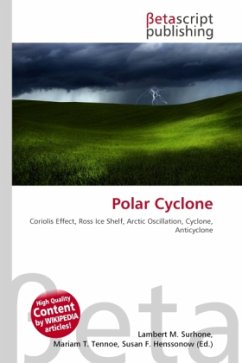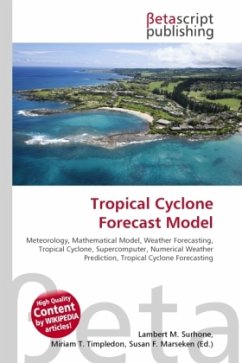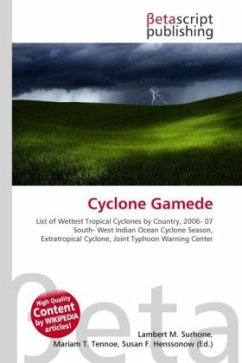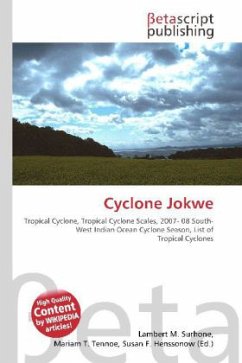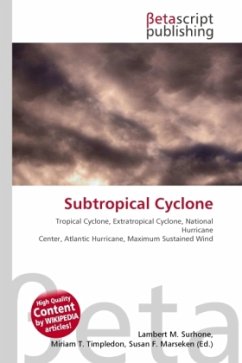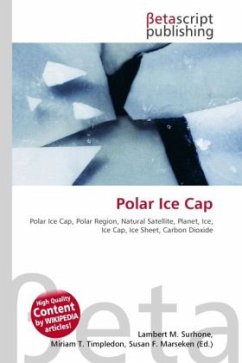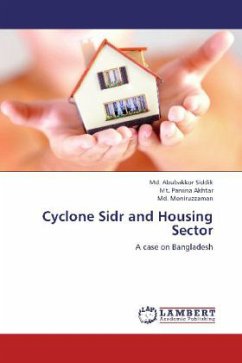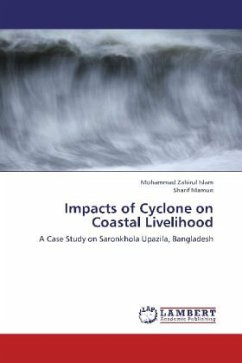High Quality Content by WIKIPEDIA articles! High Quality Content by WIKIPEDIA articles! Polar cyclones (also known as polar vortices, Arctic cyclones, and sub-polar cyclones) are low-pressure areas which strengthen in the winter and weaken in the summer. A polar cyclone is a low pressure weather system usually spanning 1,000 2,000 kilometers in which the air is circulating in a counter-clockwise fashion (in the northern hemisphere). The reason for the rotation is the same as any other cyclone, the Coriolis effect. One center lies near Baffin Island and the other over northeast Siberia. In the southern hemisphere, it tends to be located near the edge of the Ross ice shelf near 160 west longitude. When the polar vortex is strong, the Westerlies increase in strength. When the polar cyclone is weak, the general flow pattern across mid-latitudes buckles and significant cold outbreaks occur.
Bitte wählen Sie Ihr Anliegen aus.
Rechnungen
Retourenschein anfordern
Bestellstatus
Storno

